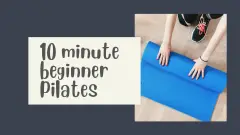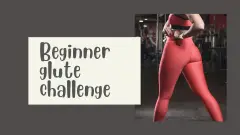This 30 day abs and glutes challenge includes 3 exercises for abs and 3 for glutes. The challenge alternates between working abs one day, glutes the next. This is an intermediate level challenge, for regular exercisers who want a bit of extra work on their abs and glutes. If you’re a beginner, then try the workouts suggested below instead.
Abs and glutes challenge chart
The challenge is split up into abs days and glutes days:
- Abs exercises: bicycle crunch, V-sit and plank
- Glutes exercises: single leg bridge, side lying leg circles and fire hydrants
Instructions for all the exercises are below the chart.
The chart gives you the number of reps/plank hold time for each day. For the leg exercises, do all the reps on one leg, then switch to the other leg. The leg circles can be done clockwise or anti-clockwise, whichever you prefer.
Safety: please read the general safety information here
Please also be aware that static contractions like plank holds can cause an increase in blood pressure. This is not a problem for healthy individuals, but if you have high blood pressure it’s not advisable to do static holds.
What you need: an exercise mat or some other form of cushioning. See an exercise mat buying guide here.
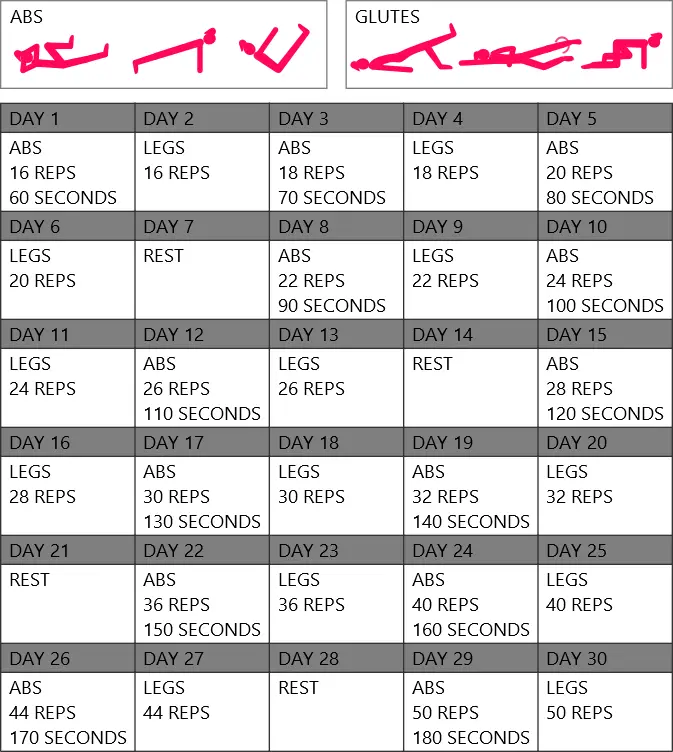
Alternative abs & glutes workouts for beginners
Exercise instructions
Abs day exercises
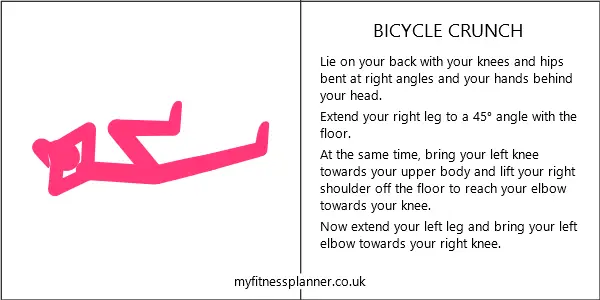
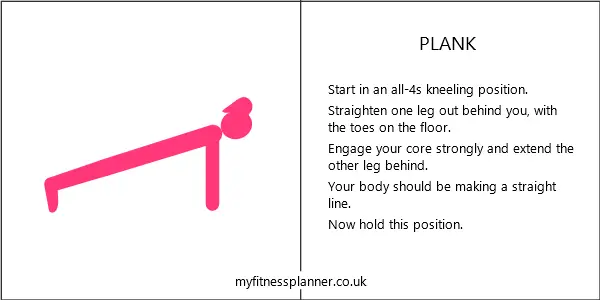
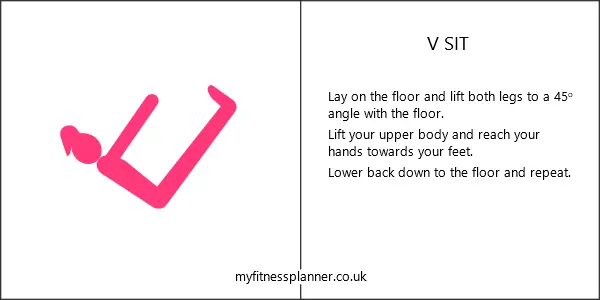
Glutes day exercises
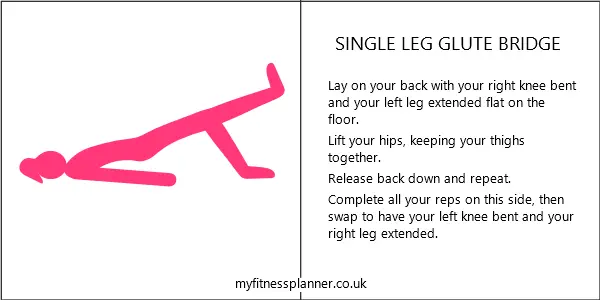
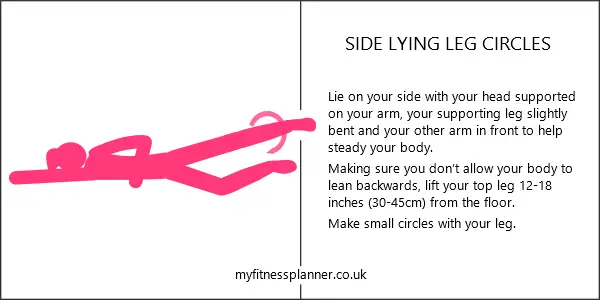
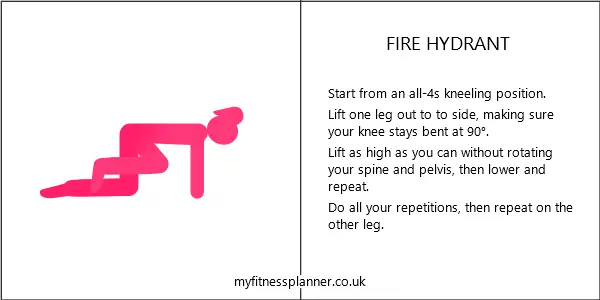
How abdominal and gluteal muscles stabilise the pelvis
The pelvis serves as the foundation for movement, connecting the upper and lower body. The abdominal and gluteal muscles are key to maintaining pelvic stability.
Abdominal muscles role in pelvic stability
The abdominal muscles form a muscular girdle around the abdomen. They include the rectus abdominis (the “six-pack” muscle), the transversus abdominis (the deepest abdominal muscle), and the obliques. These muscles work together to provide support and stability to the spine and pelvis.
The transversus abdominis, in particular, plays a critical role in pelvic stability. It acts like a corset, wrapping around the waist and compressing the abdominal contents. This contraction increases intra-abdominal pressure, which stabilizes the spine and pelvis from the inside out.
Gluteal muscles role in pelvic stability
The gluteal muscles, located at the back of the hip, are the largest and strongest muscle group in the body. They include the gluteus maximus (the largest muscle in the body), the gluteus medius, and the gluteus minimus. These muscles work together to extend the hip, abduct the thigh, and rotate the hip outwards.
In terms of pelvic stability, the gluteus medius and minimus are particularly important. They work together to keep the pelvis level and stable during movement. They also help to prevent the pelvis from tilting forward or backward, which can lead to lower back pain.
The Collaborative Effort
The abdominal and gluteal muscles work together to stabilize the pelvis. The abdominal muscles provide support from the front, while the gluteal muscles provide support from the back. This coordinated effort ensures that the pelvis remains stable and aligned during both static and dynamic activities.
Related to abs and glutes challenge
